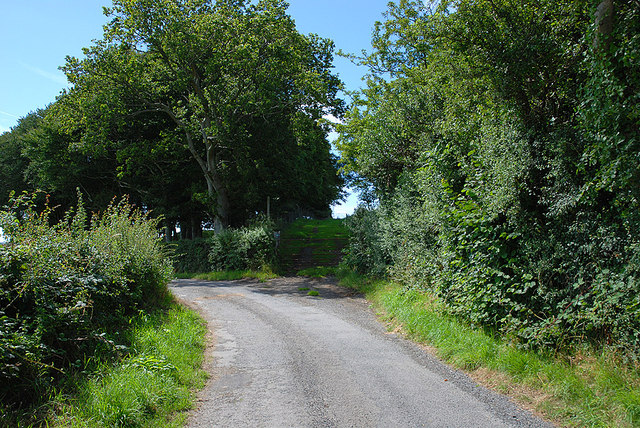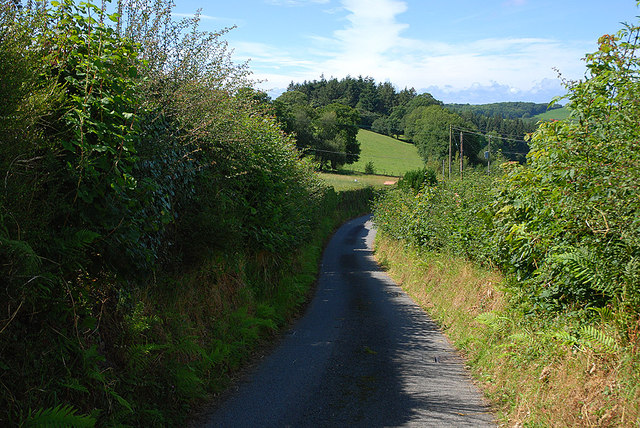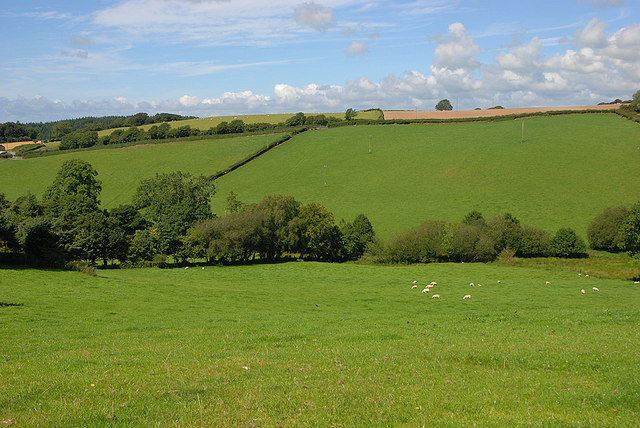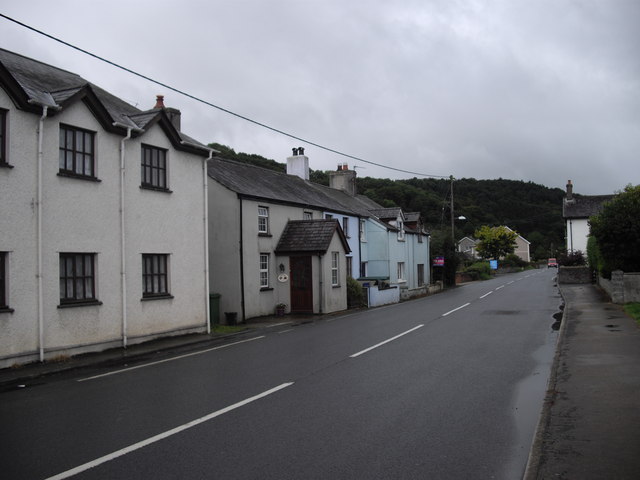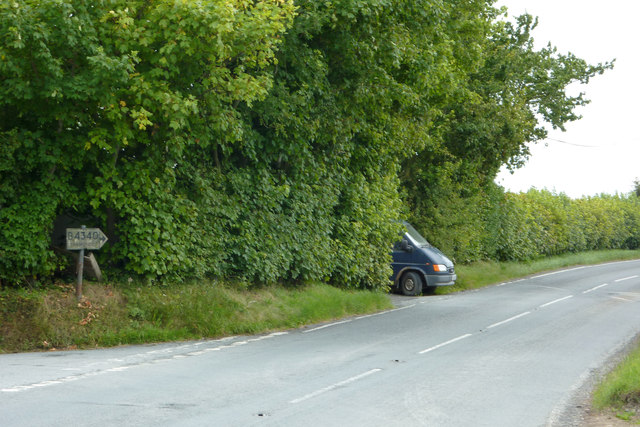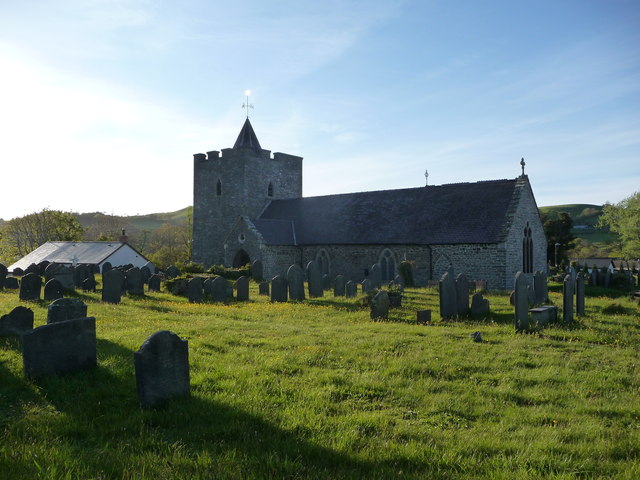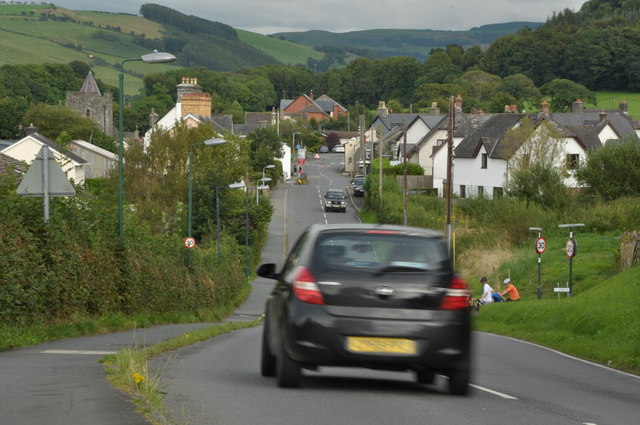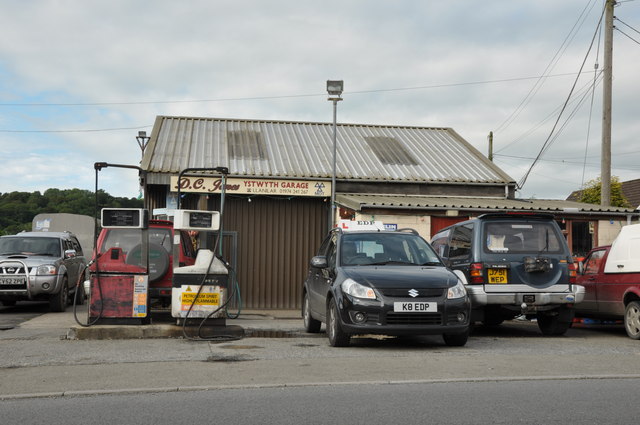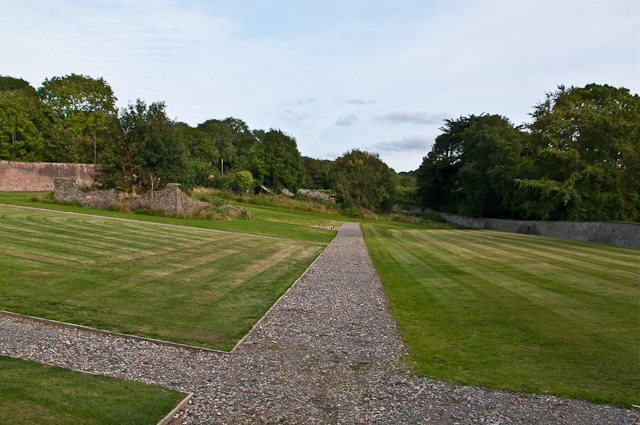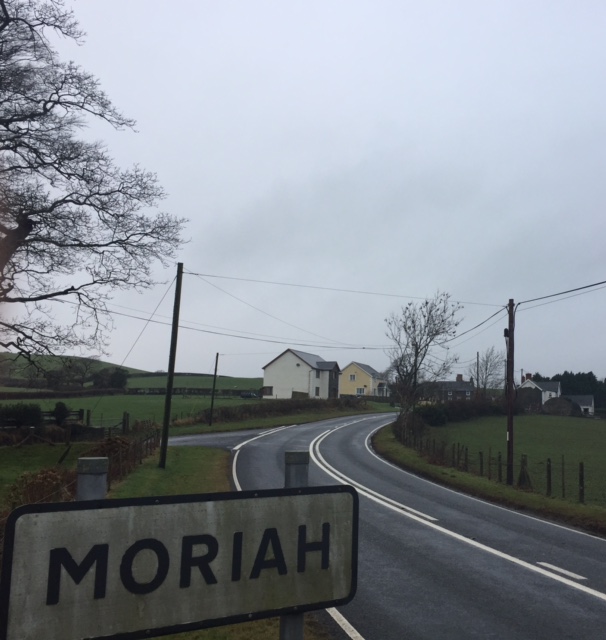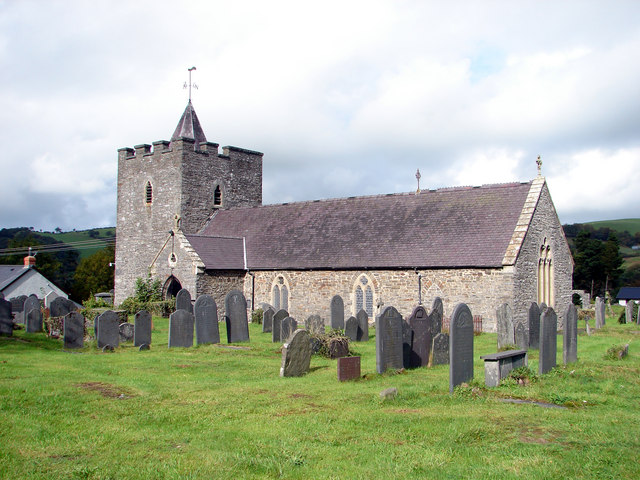Molecatcher's Wood
Wood, Forest in Cardiganshire
Wales
Molecatcher's Wood
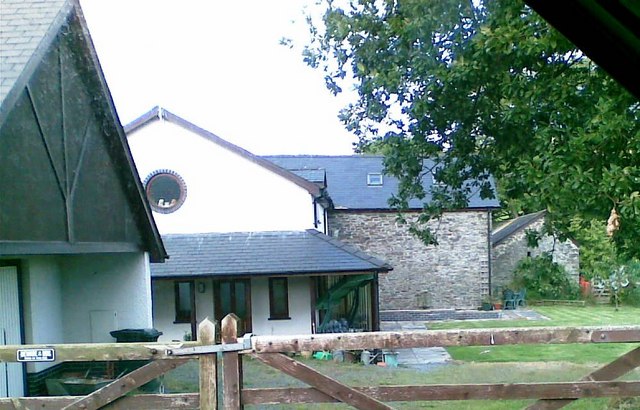
Molecatcher's Wood is a picturesque forest located in the county of Cardiganshire, Wales. Spanning an area of approximately 50 acres, this enchanting woodland is renowned for its natural beauty and diverse ecosystem. The forest is situated on the outskirts of the small village of Llanddewi Brefi, nestled between rolling hills and meandering streams.
The wood gets its unique name from the historical practice of mole-catching, which was once prevalent in the area. The dense vegetation and rich soil of Molecatcher's Wood provide an ideal habitat for various species of moles, making it a popular spot for mole trappers in the past.
Visitors to Molecatcher's Wood are greeted by a network of well-maintained footpaths that wind through the forest, offering opportunities for leisurely walks and exploration. Towering oak, beech, and hazel trees dominate the woodland, providing a lush canopy that dapples sunlight onto the forest floor. In spring, vibrant bluebells carpet the ground, creating a breathtaking display of color.
The wood is also home to a diverse array of wildlife, including birds such as woodpeckers, owls, and thrushes. Mammals like squirrels, foxes, and badgers can be spotted amidst the undergrowth, while the occasional glimpse of a deer adds a touch of magic to the woodland experience.
Molecatcher's Wood is a haven for nature enthusiasts, offering a tranquil escape from the hustle and bustle of everyday life. Its natural beauty, abundant wildlife, and rich history make it a must-visit destination for those seeking a connection with the natural world.
If you have any feedback on the listing, please let us know in the comments section below.
Molecatcher's Wood Images
Images are sourced within 2km of 52.373324/-4.0205522 or Grid Reference SN6276. Thanks to Geograph Open Source API. All images are credited.
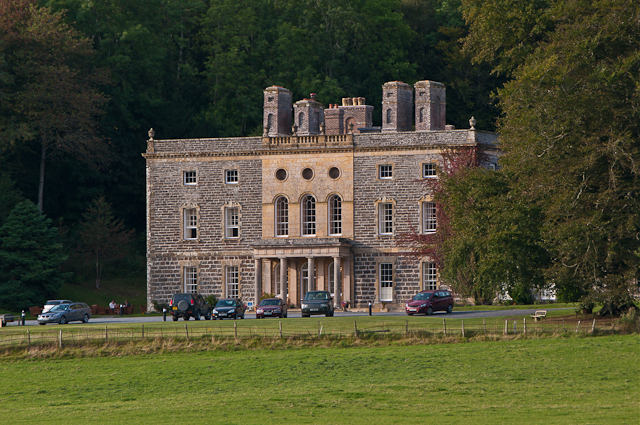
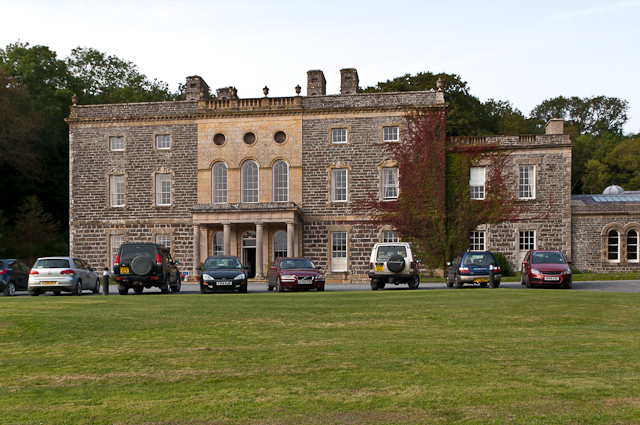
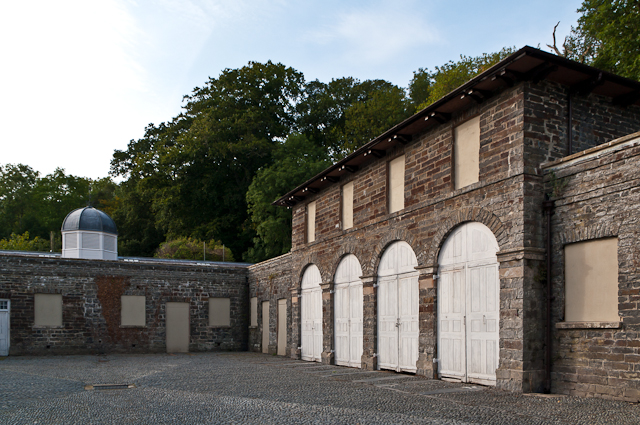
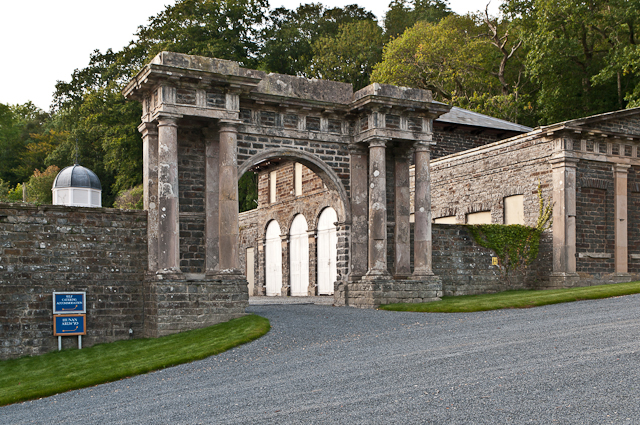
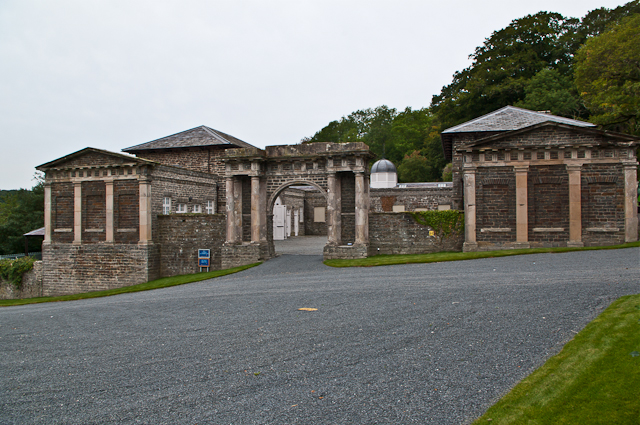
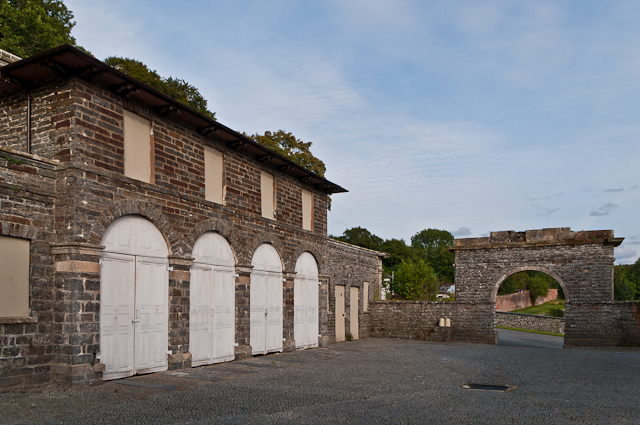
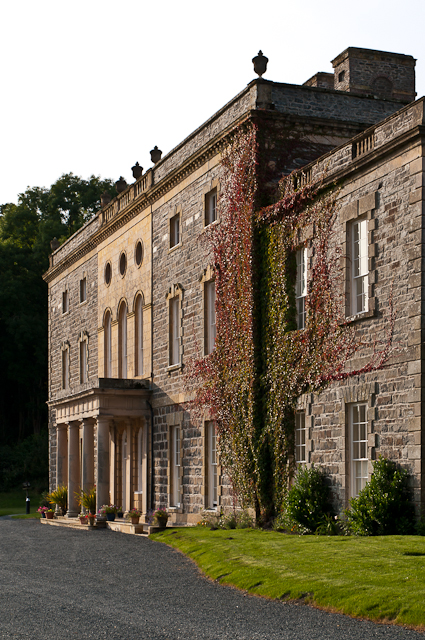
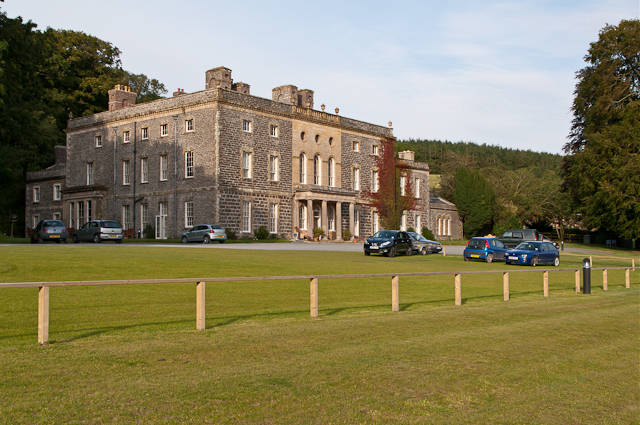
Molecatcher's Wood is located at Grid Ref: SN6276 (Lat: 52.373324, Lng: -4.0205522)
Unitary Authority: Ceredigion
Police Authority: Dyfed Powys
What 3 Words
///embarks.bulbs.caveman. Near Llanilar, Ceredigion
Nearby Locations
Related Wikis
Y Gors, Ceredigion
Y Gors is a hamlet in the community of Trawsgoed, Ceredigion, Wales, which is 71.5 miles (115.1 km) from Cardiff and 176.1 miles (283.4 km) from London...
Llanilar railway station
Llanilar railway station was on the Carmarthen to Aberystwyth Line (originally called the Manchester and Milford Railway before being transferred to the...
Ystwyth Trail
The Ystwyth Trail is a 21-mile (34 km) multi-use rail trail linking Aberystwyth, Llanfarian, Ystrad Meurig and Tregaron in Ceredigion, Wales. Cycling and...
Nanteos Mansion
Nanteos (Welsh: Plas Nanteos, Nanteos Mansion) is an 18th-century former country house in Llanbadarn-y-Creuddyn, near Aberystwyth, Ceredigion, Wales. A...
Castle Hill, Ceredigion
Castle Hill is an area and country estate in the community of Llanilar, Ceredigion, Wales, which is 70.2 miles (112.9 km) from Cardiff and 175.8 miles...
Moriah, Ceredigion
Moriah is a hamlet in the community of Llanfarian, Ceredigion, Wales, which is 73 miles (117.4 km) from Cardiff and 177.1 miles (285 km) from London. Moriah...
Llanilar
Llanilar is a village and community in Ceredigion, Wales, about 4 kilometres (2.5 mi) southeast of Aberystwyth. It is the eponym of the hundred of Ilar...
Pont Paith
Pont Paith is a hamlet in the community of Llanfarian, Ceredigion, Wales, 73 miles (117.5 km) from Cardiff and 177.9 miles (286.2 km) from London. Pont...
Nearby Amenities
Located within 500m of 52.373324,-4.0205522Have you been to Molecatcher's Wood?
Leave your review of Molecatcher's Wood below (or comments, questions and feedback).
